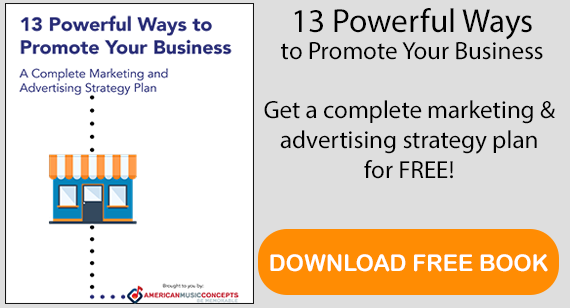
13 May How to Run an Effective Small Business Social Media Campaign
Social media campaigns are a great way to advertise your small business and grow sales. There are a variety of social media campaigns. One size does not fit all. However, successful and effective campaigns have all of the following in common.
Clear Objectives and Success Criteria
There’s no point in running a social media campaign if you don’t know what you want to achieve with it. Set clear objectives and define success criteria. Decide whether you want to grow your customer base or engage and deepen your business relationship with existing customers. Think about what action you want your target audience to take.
Single Focus
Small business social media campaigns should focus on one issue or outcome. Once you determine that, you can develop your campaign’s message around it. Do you have a radio or TV jingle? If so and its message is similar to the one for your social media campaign, use it. Include links to a jingle audio file in your social media posts.
Measurable Goals
Once you set your objectives and decide what action you want customers and potential customers to take, decide what metrics you’ll use to measure success. Keep one important fact about social media campaigns in mind. After you put your message out on social media, you have no control over what happens to it. What does that mean? First, you may not hit your target goals as quickly as you planned. Second, the outcomes that you get might be different from the ones you expected when you started the campaign. For example, you may not reach the number of conversions you expected, but the ones you that do occur result in higher engagement.
Great Content
Nothing is more important to the success of your social media campaign than its content. Your content shouldn’t be a sales pitch. Instead, it should educate, entertain, and engage your target audience. Start a blog on your company website and regularly post updates to it. Then include links to your blog posts in your social media posts. Here’s an example. Let’s say you’re a mechanic. You can post an article about timing belt replacement on your blog. Talk about how often drivers should replace their timing belt and what happens if they don’t. Then include links to the blog post in your social media posts which also include a gentle call to action to contact you for this service.
Right Medium
Know your audience and what type of social media they use. If they don’t use Twitter, then don’t waste your time tweeting to them. Use the medium that best matches the action you want your target audience to take. Twitter is a good choice if you want your audience to take an immediate action. Facebook is a good choice if you want your audience to share a positive opinion about your business.



No Comments